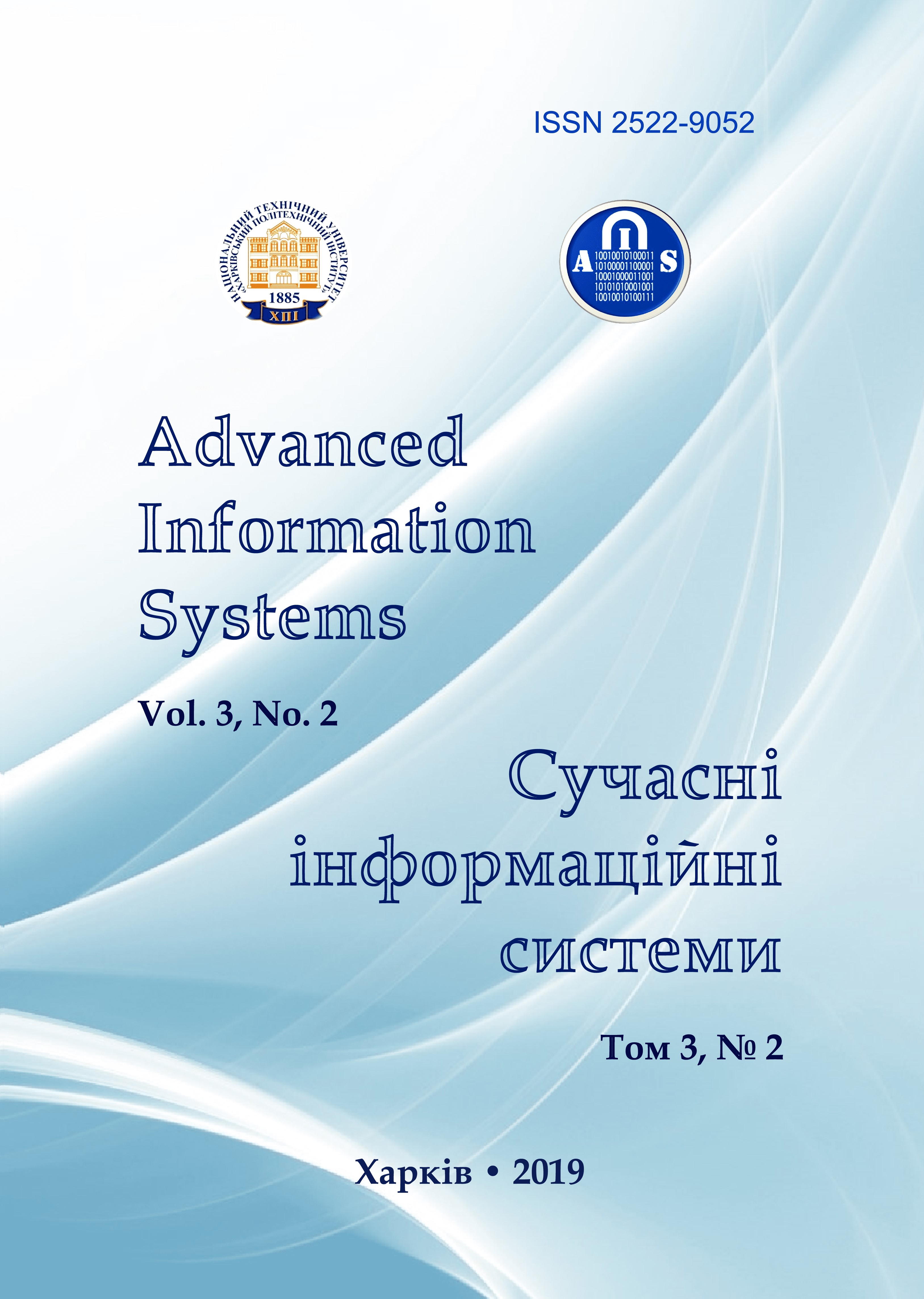Determination of Gini index with considering the error of selected observations
Main Article Content
Abstract
Article Details
References
Ramachandran, V.S., Feldman, R.F. and Beaudoin, J.J. (1981), Handbook of Analytical Techniques in Concrete Science and Technology, Heyden, London, 278 p.
Beletsky, V.S. and Golikov, O.S. (2014), Methodical instructions for laboratory work on the course “Processing, enrichment and complex use of minerals”, DonNTU, Pokrovsk, 49 p.
Kravchenko, V.P. (2015), “Analysis of methods for granulation of slag melts and factors affecting the quality of the granular slag”, Bulletin of the Azov State Technical University, Series: Technical Sciences, No. 30, Vol. 1, pp. 51–58.
Andrushchenko, M.I. and Kapustian, O.Ye. (2017), Production of materials for welding, surfacing and spraying, Production of coated electrodes, ZNTU, Zaporizhya, 70 p.
Chorniy, V.M., Pryschepa, Yu.Yu., Lapina, N.V., Lyashko, G.V., Rybachok, A.V., Misyura, T.G., Popova, N.V. and Zapo-rozhets Yu.V. (2016), “Analysis of Disperse Condition of Vegetable Raw Materials of Grain Origin”, Scientific Works, Odessa National Academy of Food Technologies, Issue 47, Vol. 2, P. 70–75.
Rozhdyestvenska, L.H. (2005), Market Statistics of Goods and Services, KNEU, Kyiv, 419 p.
Dobrenkov, V.I. and Kravchenko, A.I. (2001), Sociology, INFRA, Moscow, 624 p.
Sychev, V.S. (2002), “Measuring Poverty Level: Background from the 18th Century to the Present Day”, Sociology: Method-ology, Methods, Mathematical Modeling (4M), No. 14, pp. 176–186.
Brodska, S.S. (2003), World Experience in Measuring the Poverty Line, Scientific Notes, Vol. 21. Sociological Sciences, NUKMA, Kyiv, pp. 44–49.
Martin, Ravellon (2019), Comparative Poverty Estimates, available to: https://docplayer.ru/49981763-Sravnitelnye-ocenki-bednosti-martin-revellon.html
Bilous I. (2012), “The Methodology of Assessment of Poverty in Ukraine and Problems of Financial Support to Overcome it”, World Finance, No. 4, pp. 120–126.
Melnyk, S. and Gaevskaya, N. (2012), “Criteria for assessing the poverty of the working population in Ukraine”, Ukraine: aspects of labor, No. 2, pp. 14–19.
Khomyak, M. (2013), “Poverty in Ukraine in the indicators of social statistics”, Sociological Studies, No. 2 (3), pp. 70–76.
Chuprina, O.O. (2011), “Social Inequality and Poverty in Ukraine”, Bulletin of the National Law Academy of Ukraine ,
No. 2 (5), pp. 57–76.
Yezhov, A.I. (1961), Alignment and Calculation of Distribution Series, Gosstatizdat, Moscow, 335 p.
Henry, George (1896), Progress and Poverty. A study of the decline of industry and the increase in poverty growing with wealth, Publishing of a bookstore M.M. Lederle, S.-Petersburg, 678 p.
Primostko, O.O. (2015), “Methodological Approaches to the Assessment of the Quality of Life of the Population of Ukraine”, Regional Economics, No. 2, pp. 80–88.
Lorenz, M.O. (1905), Methods for measuring the concentration of wealth, Pub.Amer.Stat.Assoc, Vol. 9, 209 p.
Kostrobii, P., Kovalec, I. and Gnatov, L. (2013), “Mathematical modeling of the index of social inequality”, Physical-mathematical modeling and information technologies, No. 17, pp. 81–89.
Kahaner, D., Moler, K. and Nash, S. (1998), Computational Methods and Software, MIR, Moscow, 575 p.
Zgurovsky, M.Z. (2006), Sustainable development in the global and regional dimensions, Politehnika, NTUU "KPI", Kyiv, 84 p.
Central Statistical Office (2018), Methodological book, Study of household budgets, Warsaw, 86 p.
Kokren, U. (1976), Methods of selective research, Statistics, Moscow, 440 p.
Zhukovska O.A. (2009), Fundamentals of Interval Analysis, Education of Ukraine, Kyiv, 136 p.
Dubnitsky, V.Yu., Kobylin, A.M. and Kobylin O.A. (2017), “Calculating the values of elementary and special functions with an interval specified argument defined in the center-radius system”, Applied Radioelectronic, Vol. 16, No. 3-4, pp. 147-154.
Dubnitsky, V.Yu., Zubritska, G.G. and Kobylin, A.M. (2018), “Interval estimation of the number of participants in mass pro-test actions”, Advanced information systems, Vol. 2, No. 4, pp. 11–20, DOI: https://doi.org/10.20998/2522-9052.2018.4.02
Barrov, M.M., (1996), Statistics for economics accounting and business studies, Longman, London and New York, 321 p.
TheWorldOnly (2019), Gini coefficient by country, available to: https://theworldonly.org/koeffitsient-dzhini-po-stranam.
Gevorkyan P.S. and Malykhin V.I. (2010), “Distribution of wealth in society and the middle class”, Labor and Social Rela-tions, No. 12, pp. 90–97.
Pavlov, O.I. and Pavlova, O. Yu. (2017), “The Lorenz curve and the mathematical definition of the middle class”, Management of Economic Systems, No. 9 (103), available to: https://cyberleninka.ru/article/n/krivaya-lorentsa-i-matematicheskoe-opredelenie-srednego-klassa.
